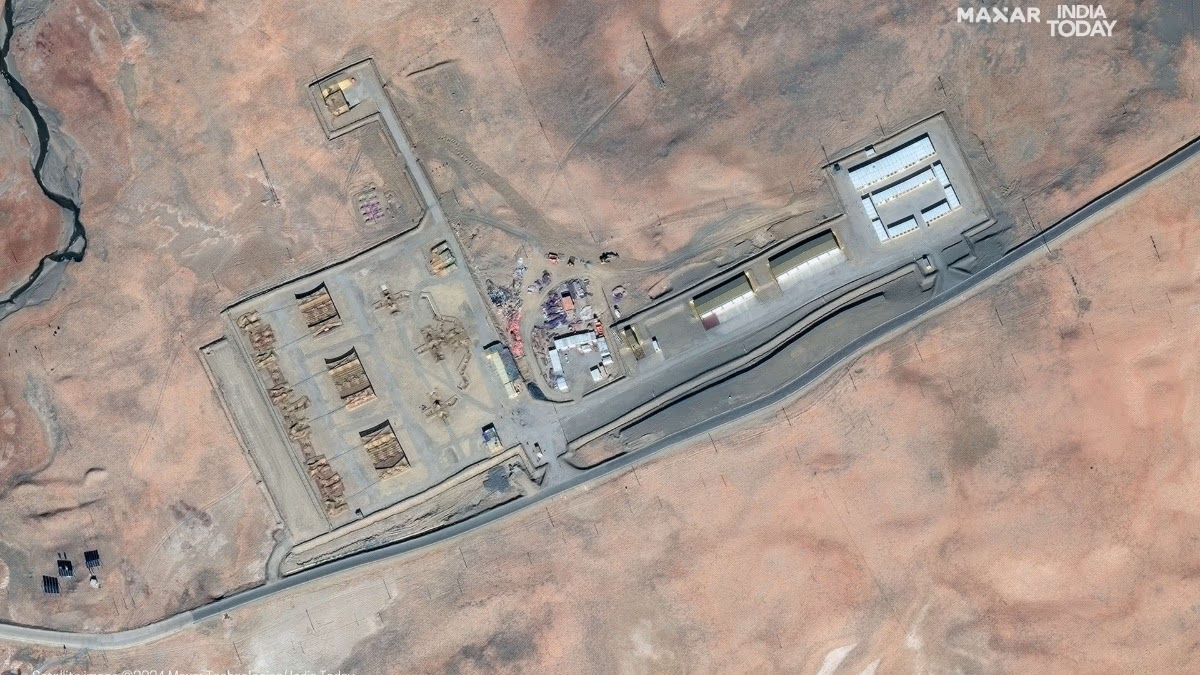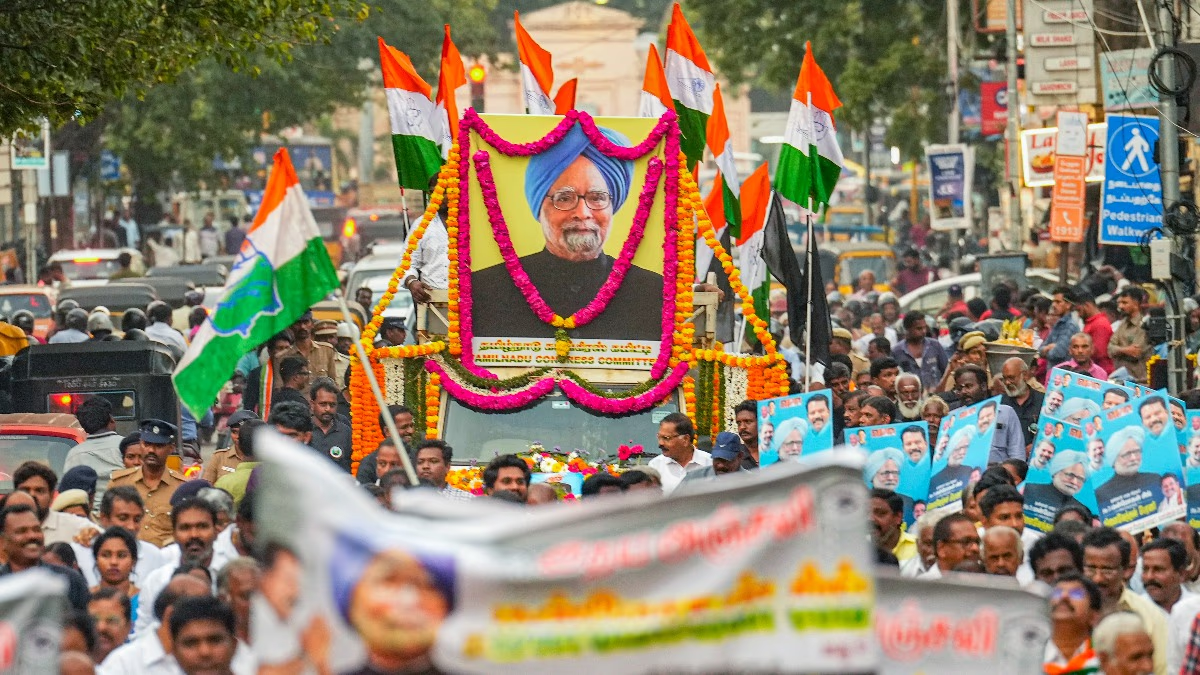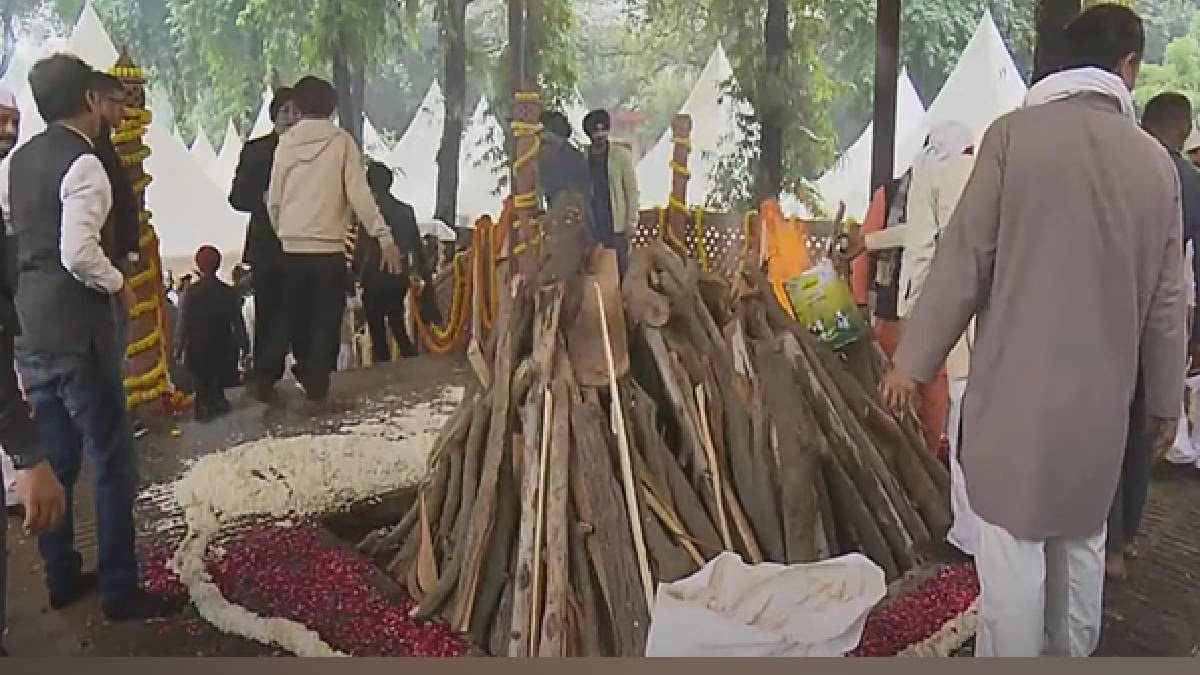The withdrawal of military troops from the plains of Depsang and Demchok in Eastern Ladakh has been completed, as corroborated by satellite images showing the clear retreat of forces. However, rapid infrastructure construction in disputed territories lights up concerns about China's long-term commitment to de-escalation.
In early this month, Dr. S Jaishankar, the Foreign Minister, stated in Parliament that the immediate priority was to ensure troop withdrawal from confrontation points to prevent any untoward incidents or clashes. This process is now complete. The next focus is on reducing tensions, which will lessen troop congestion at the LAC.
India Today/AajTak's OSINT team has captured satellite images clearly indicating troop withdrawal, yet China's steps towards tension reduction remain unclear. Amid ongoing talks to improve bilateral relations, China's efforts to build dual-use infrastructure in disputed areas near Pangong Lake's northern shore stand out.
For the first time, satellite images by Maxar Technologies reveal the creation of new camps by the Chinese People's Liberation Army (PLA) at the back position in Depsang after vacating the front positions as part of the disengagement process. Recently, both sides agreed to restore the status quo of May 2020 in the conflict areas of Depsang and Demchok.
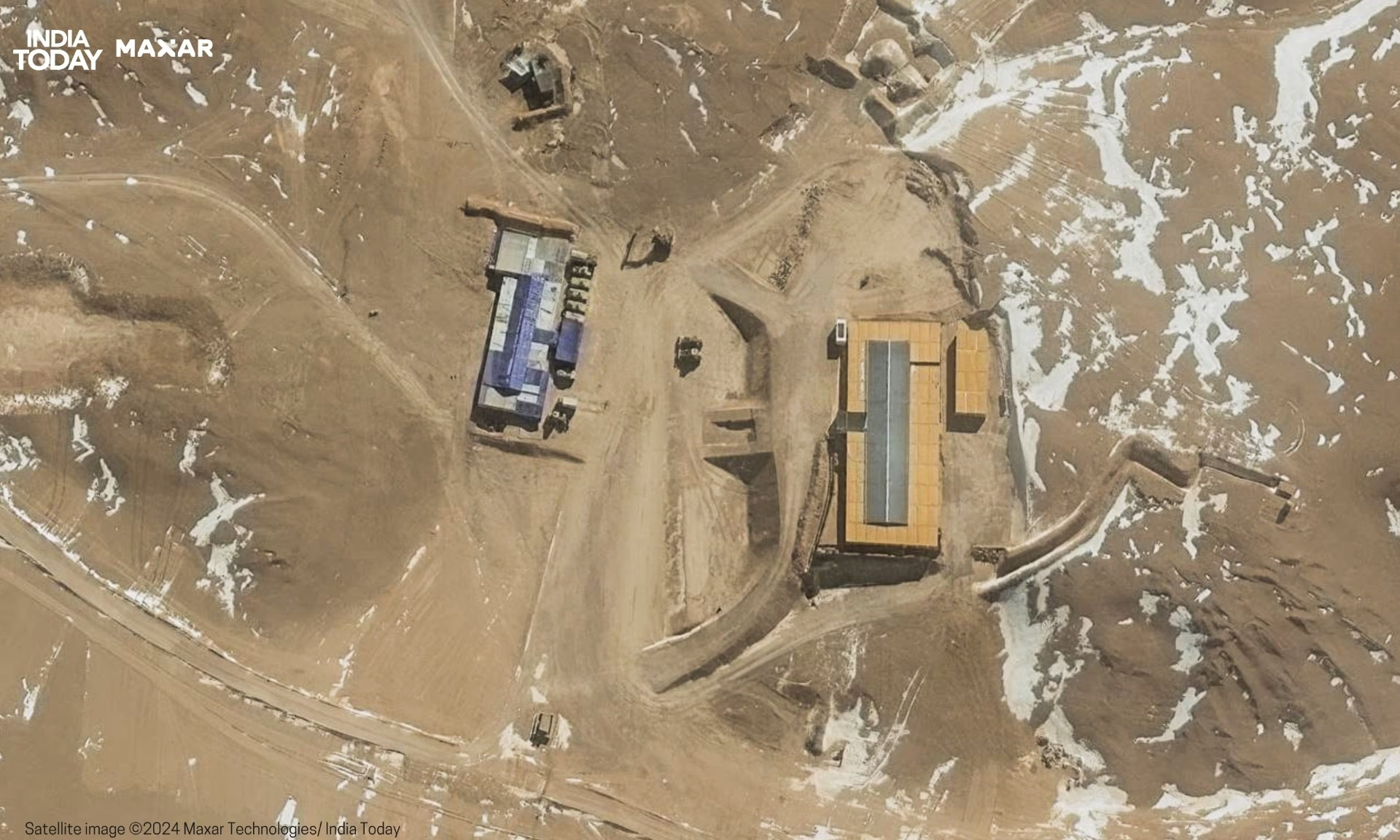
Source: aajtak
China Strengthens Presence on Northern Shore of Pangong Lake
In February 2021, a buffer zone was established to dissolve tensions on Pangong Lake. However, it seems the PLA is swiftly solidifying its standing at disputed regions on the northern shore of Pangong Lake, where joint patrolling was conducted before the 2020 standoff.
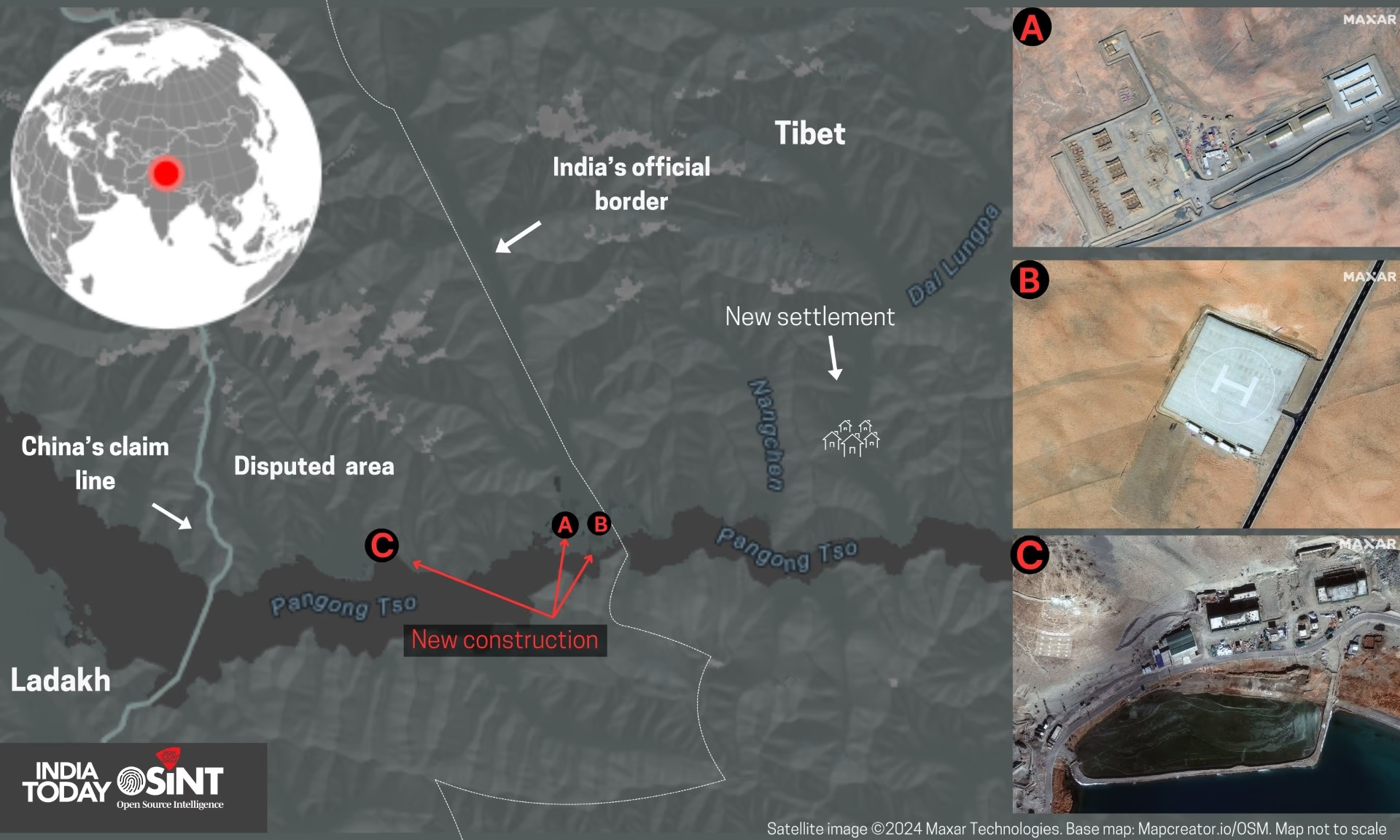
Source: aajtak
Experts Weigh in on Sirijap and Khurnak
It appears the Chinese army, while withdrawing, is fortifying its position. Defense expert Colonel (Retd) Ajay Raina mentioned that India still views Sirijap and Khurnak as its territory, but much has changed since the period of 1959-1962, which holds historical importance, with India losing effective control during those years. Construction and strategic developments commenced in September, with ongoing efforts at several locations by China, despite their call for normalization of relations. A military source informed AajTak that images exhibit dual-purpose infrastructure suitable for both civilian and military uses.

Source: aajtak
Expansion and Fortification Attempts in Khurnak
Dr. Y. Nithyanandam of Takshashila Institution in Bengaluru, analyzed satellite images covering Sirijap and Khurnak. His analysis highlighted expansion efforts, fortification attempts, and shifts in ground strategy in Khurnak, along with a drainage network under construction in Sirijap signaling toward lake restoration. OSINT analyst Damien Symon revealed these recent developments by sharing low-resolution satellite imagery on social media platform X, casting light on ongoing constructions "outside the existing buffer zone."
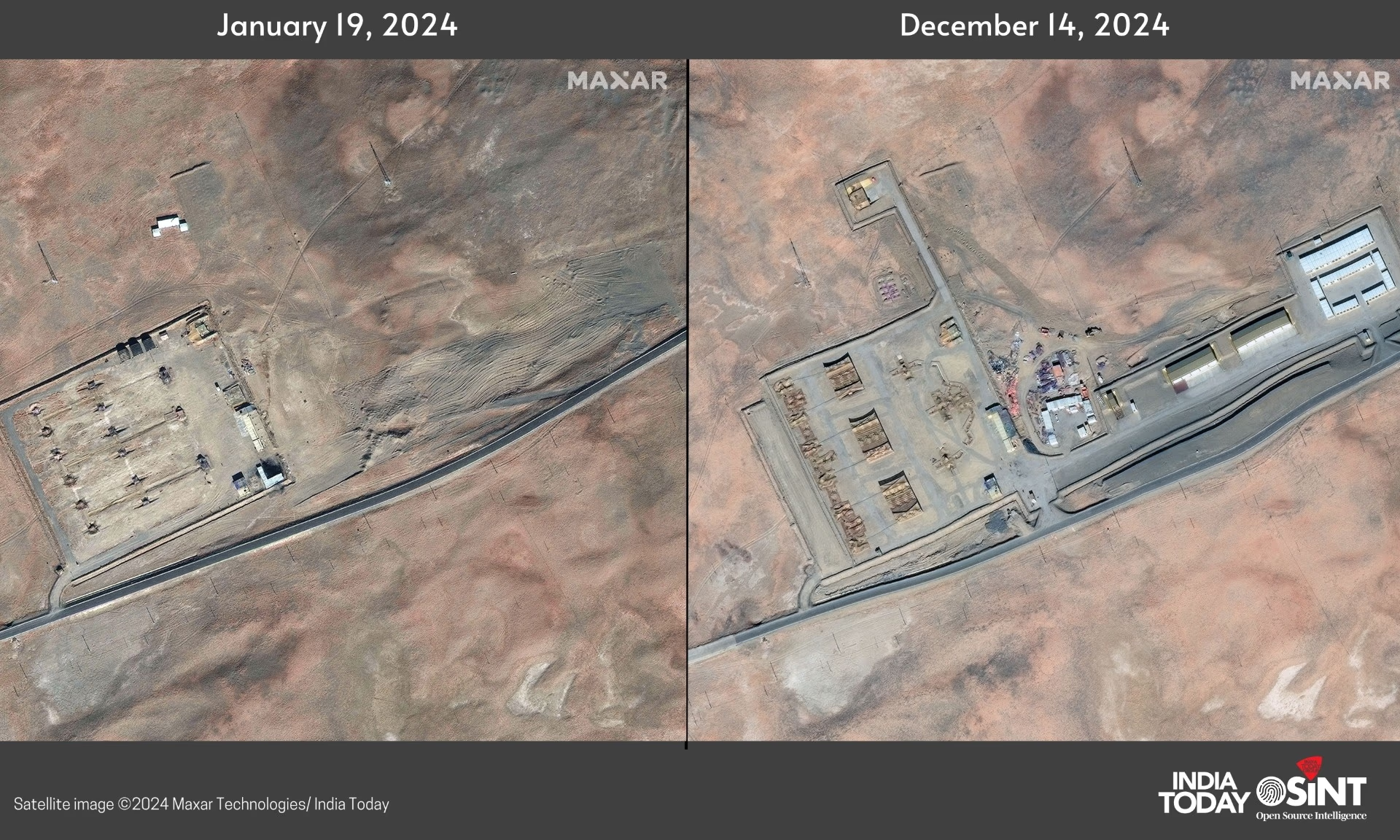
Source: aajtak
Efforts to Deploy in Traditional Pasture Areas
Nature Desai, an observer on the India-Tibet border, indicated that these images manifest a reorganization of deployments by People's Liberation Army units under the southern Xinjiang military district of the Western Theatre Command in shared traditional pasture areas. Desai also noted that the Otake plain, once winter pastures for the Ladakhi Changpa and Tibetan nomads, is now pivotal in China's salami-slicing strategy along Pangong Lake.
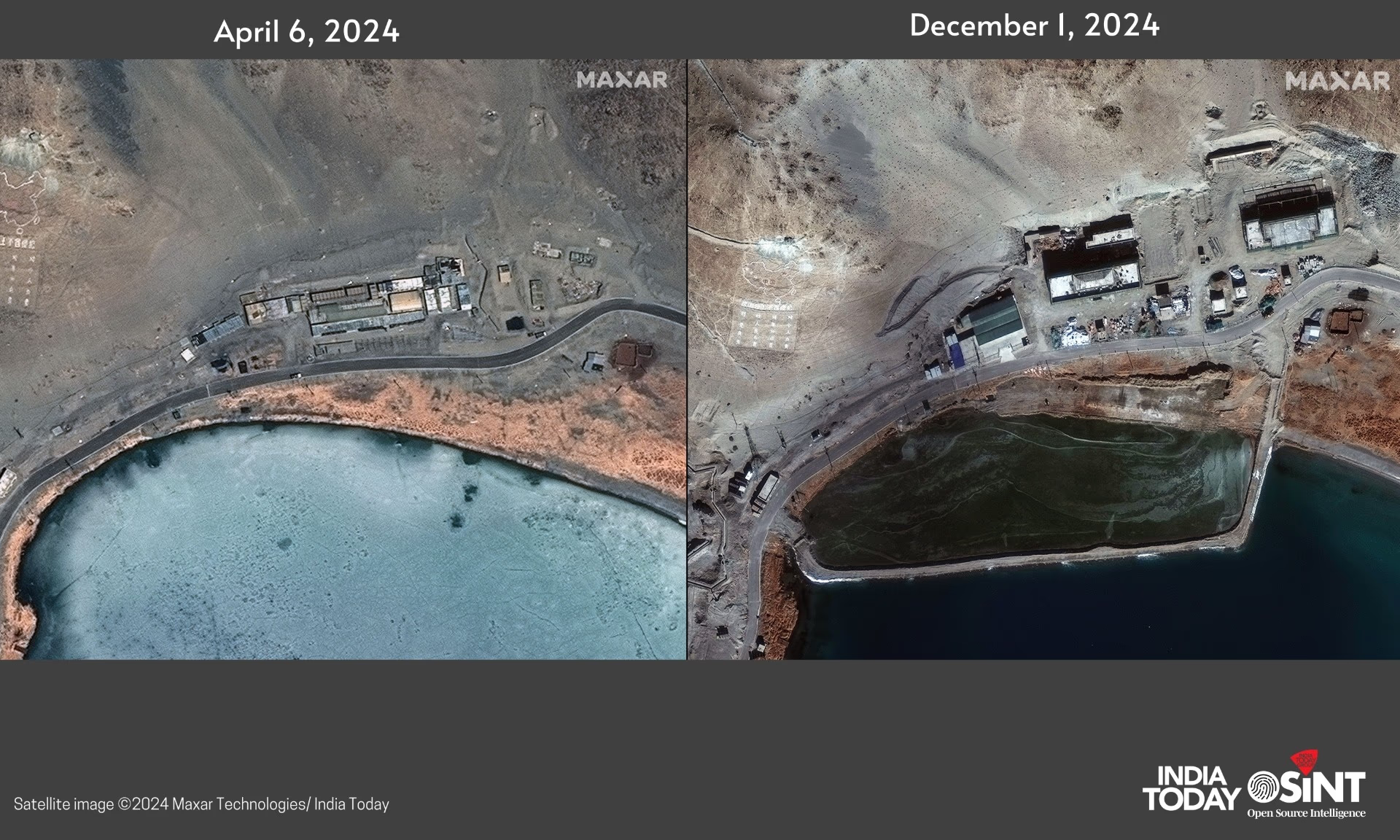
Source: aajtak
More Permanent Structures Replace Temporary Buildings
Recent months have witnessed significant redevelopment efforts in Sirijap, noted Dr. Nithyanandam. Development activity has surged on location, with more robust, permanent structures replacing scattered, temporary buildings as seen in prior satellite images.
Military sources detailed the Chinese constructions near Pangong, which include infrastructure related to bordering village udates, encompassing structures like bridges or dams, with roads alongside water bodies and a small helipad hinting at potential use in emergencies or for VIP movements. A newly constructed straight road additionally exists, though lacking in cover makes it vulnerable to aerial reconnaissance or attacks.
Old Structures Demolished Within Fort Complex
Dr. Nithyanandam observed changes in Khurnak, which include demolition of old structures within a fort complex. He noted that by the end of September 2024, the complex had been fortified with towering walls. A nearby 100x100 meter helipad replaced what was previously a construction site.
Nature Desai mentioned that rapid developments near Sirijap and Rimuchang appear aimed at bolstering quick induction capabilities through boats along the Pangong border. Meanwhile, the structure in the Otake plains near Khurnak Fort confirms the deployment of PLA units in the region.
Satellite images captured on December 19, 2024, depict the construction of a new PLA facility in Depsang about 3 km north from its earlier position and approximately 7 km south of Chip Chap River. Additionally, another facility has been set up about 10 km east from the previously vacated position by the PLA, as observed in recent imagery.
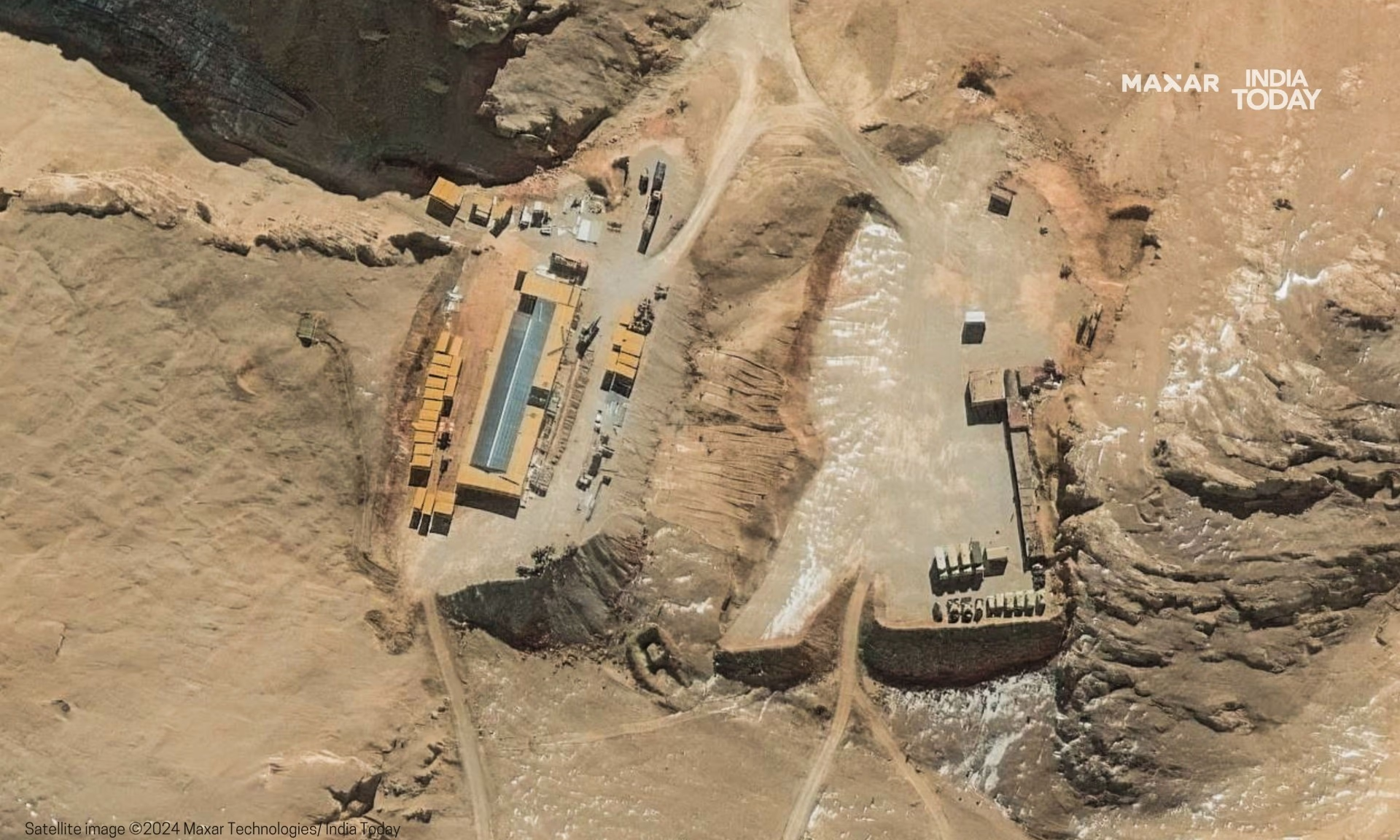
Source: aajtak
First Meeting of India-China Representatives Since 2020 Incident
Recently, the first meeting between representatives of India and China since the 2020 clashes was held in Beijing, featuring NSA Ajit Doval and Chinese Foreign Minister Wang Yi. A statement by the Ministry of External Affairs highlighted the importance both representatives placed on maintaining peace and stability in the border areas to foster comprehensive development of India-China bilateral relations. They emphasized the need to ensure a peaceful situation on the ground to prevent border issues from hindering the normal development of bilateral ties.
